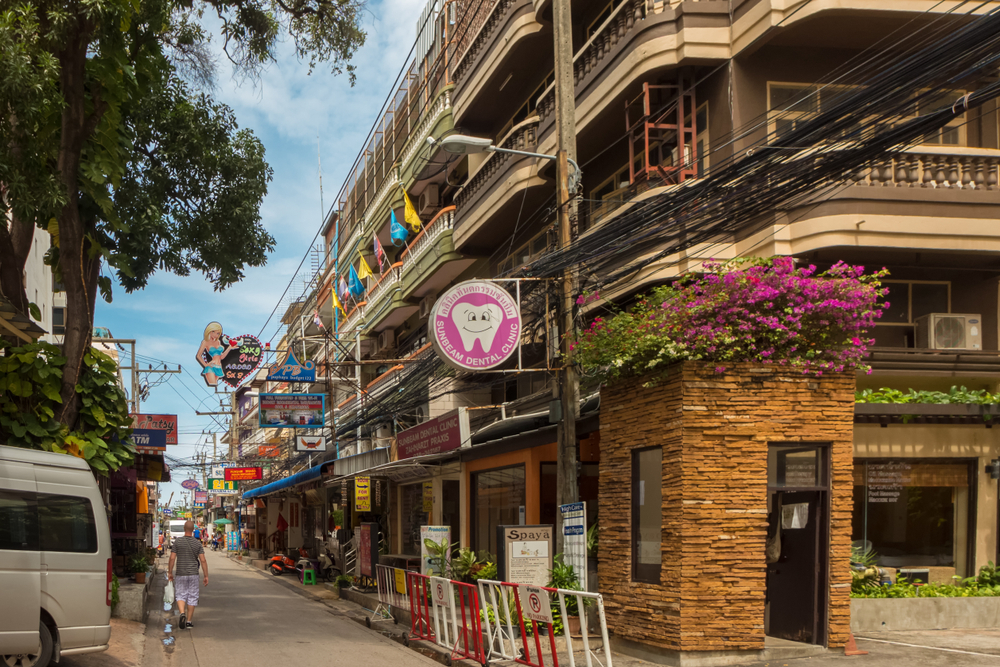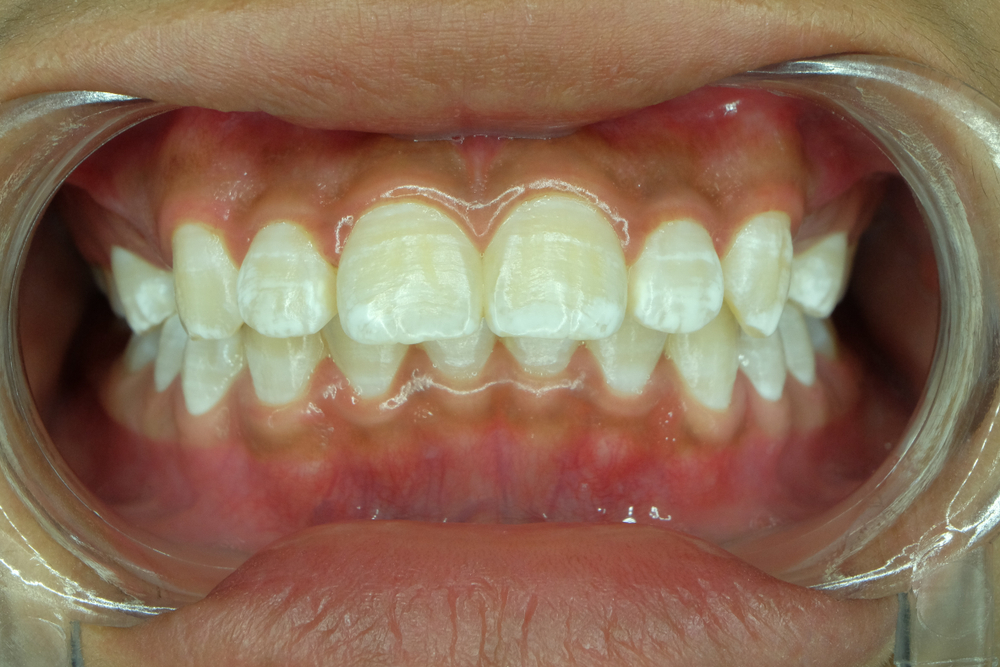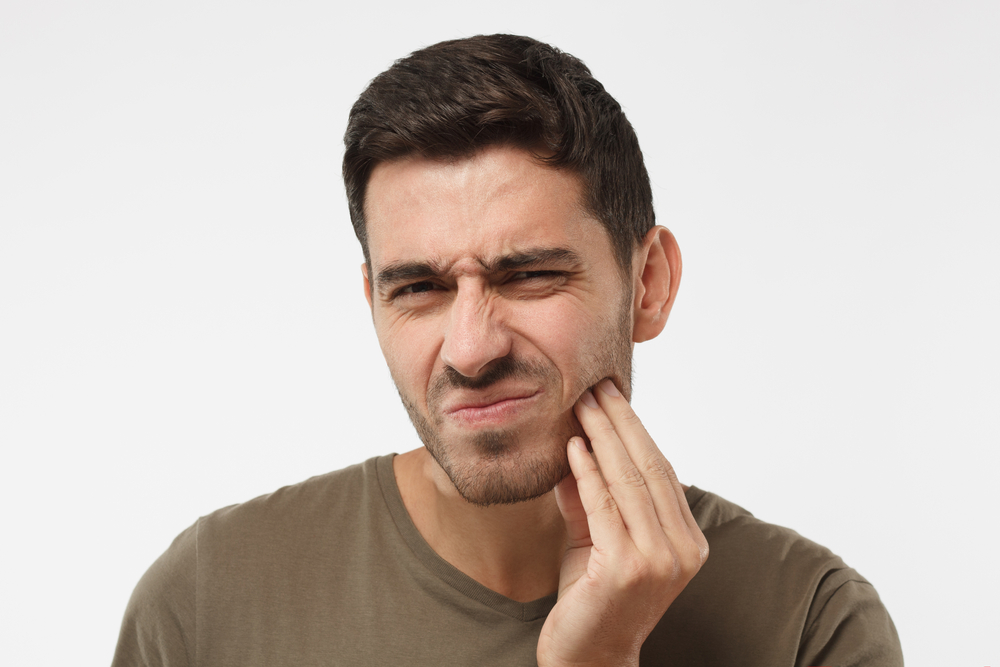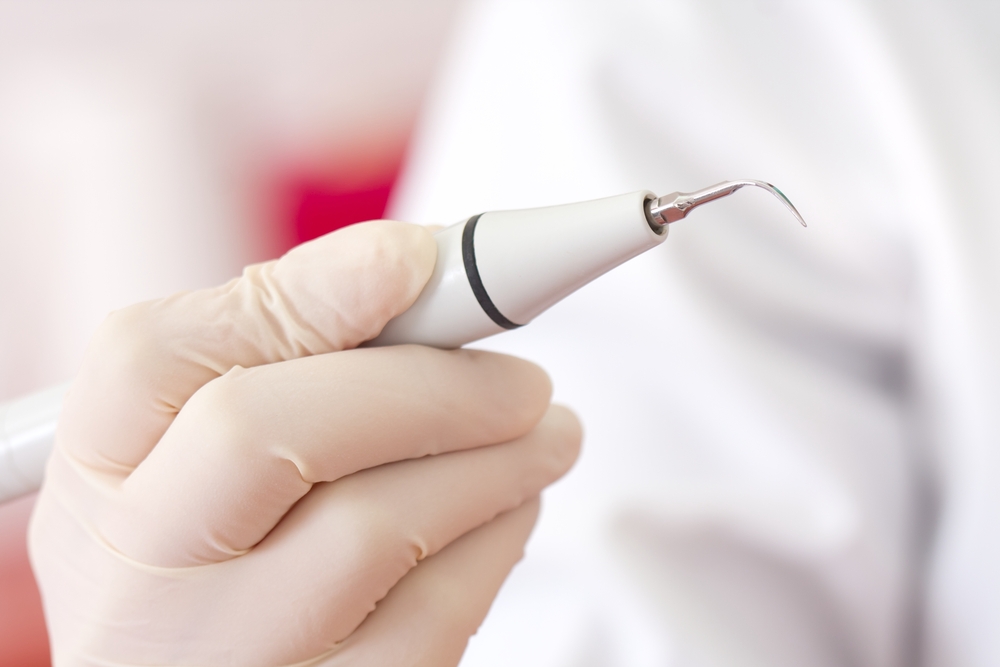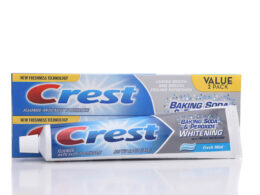- Dental tourism appeals to Americans who don’t have health insurance or sufficient dental coverage.
- Lower prices don’t necessarily mean lower quality, although there’s no guarantee that work done abroad will meet accepted standards of care.
- Discounted offers should only be considered if they’re backed by proof of competence.
According to Patients Without Borders, the allure of quality dental care at a lower cost is drawing more and more people abroad, with some 800,000 Americans traveling to Mexico, Costa Rica, and other sunny destinations every year.
The growing industry of dental tourism may seem appealing, especially for procedures not covered by insurance. However, there are many caveats and considerations. Although there are exceptional practitioners all around the world, consumers definitely need to do their homework to make sure they’re not falling into the worst kind of tourist trap.
Are Dental Vacation Packages Safe? The Specialists Weigh In
Approximately 74 million Americans had no dental coverage in 2016. Unfortunately, no matter how necessary they may be, dental procedures can be very expensive.
With clinical technological advances spreading quickly around the world, providers in developing countries are beginning to provide dental care at substantially lower costs. As an increasing number of patients seek cheaper dental care abroad, they are equally enticed by the possibility of combining treatments with an annual vacation.
On their website, the American Dental Association acknowledges that “patients seeking care in foreign countries are becoming an increasing phenomenon that confronts dentists in the United States. There are very capable dentists, many of whom are ADA affiliate members, who provide quality care outside of the United States.”
Pros Abroad Boast Top-Of-The-Line Care
Dr. Esteban Urzola Herrera, an oral implant specialist at Clinica Unibe in Costa Rica, runs a very successful dental tourism practice.
“Lower cost doesn’t mean sacrificing quality,” he says. “Our offices are in a brand new building complex, featuring state of the art equipment.”
Herrera gives the example of a patient from California he was able to treat for a quarter of the cost, including everything from the operating room, the anesthesiologist, and the custom implants. Even when factoring in additional costs like travel, food and lodging in Costa Rica, the total bill – all expenses paid – still came out cheaper than getting dental implants in California.
“There’s even a Marriott Hotel and a modern hospital nearby,” Herrera adds.
Local Experts Smell a Con
Dr. Nima Dayani, an endodontist in New York City cautions, “Many of the returning dental tourism patients that present to me come in due to emergencies. Often ‘pretty’ looking prosthetics like crowns and bridges were cemented while there was active disease going on. These issues don’t flare up immediately.”
Patients usually return home and are seen later in Dr. Dayani’s clinic.
“Often finding a competent practitioner overseas who can render proper treatment at a reduced rate is as difficult as finding a needle in a haystack,” she says. “But like anything else, if you have access to exceptional care, you will fare better financially.”
Top Dental Tourism Destinations and Procedures
Dental tourism accounts for nearly half of all medical tourism. Here are the most popular destinations and dental procedures Americans undergo abroad.
- Mexico – especially for U.S. residents in border states like Arizona, California and Texas.
- Costa Rica – this one is popular with Canadians and people along the East Coast.
- Hungary – particularly for cosmetic oral surgeries, full-mouth restorations and implants.
- Thailand – especially near resort towns like Phuket.
- India – more known for medical tourism but dental tourism is on the rise as well.
Since the biggest motivation for dental tourism is saving money, it comes as no surprise that the most common procedures are the ones that are the most expensive out-of-pocket.
Here are the top five:
- Dental crowns are tooth-shaped “caps” that cover a tooth after a large filling or root canal. Crowns help restore the shape, size, strength and appearance of teeth. Permanent crowns can be made from stainless steel, gold, another metal alloy, porcelain-fused-to-metal, all resin or all ceramic.
- Dental bridges are when a false tooth called a “pontic” – held in place by natural teeth or implants – literally bridges the gap left by one or more missing teeth. Bridges not only restore a person’s smile but can also restore the ability to chew, speak and bite properly. They also help keep the remaining teeth from drifting out of alignment.
- Root canals are used to save a natural tooth and avoid having to replace it with an artificial one once the nerve of the tooth becomes infected. A root canal involves removing the inflamed or infected pulp inside the tooth then carefully cleaning, filling and sealing the space. Because a tooth with a root canal is more fragile and susceptible to cracking, a crown or other device will be put in place to restore it to full function.
- Dental veneers are very thin shells attached to the front part of teeth. They are often made of porcelain or composite resin.
- Total smile makeovers represent a combination of treatments, including whitening, veneers, filling, reshaping and crowning teeth. This total package is marketed as a means to achieve the perfect smile.
Lower Prices, Lower Quality?
People have many motivations for seeking dental care overseas, including cost savings and price transparency.
The desire to save money while still receiving high-quality dental care is the biggest driver of dental tourism. Lower prices are offered in developing countries for a number of reasons, including lower education expenses, insurance rates, overhead costs, labor costs and government interventions. The hope is that lower prices don’t necessarily mean lower quality.
As mentioned, even taking into consideration the travel expenses associated, the final bill often comes out cheaper than going to the local dentist – especially for people with no insurance who have to pay out of pocket. Clear prices are usually given for dental procedures overseas, so people know exactly how much to budget. Meanwhile, in American dental clinics that actually have price lists, the final price tag is not guaranteed and can vary based on individual examinations.
Two major reasons for the rise in dental tourism are the higher demand for elective dental care (i.e. crowns and veneers) and the growing number of travel agents and websites available to connect tourists to reputable dentists.
The Risks of Dental Tourism: Factor to Consider
Although the American Dental Association has no official warnings against foreign travel for dental care, there are several important caveats to consider.
For one, foreign dentists do not need to comply with the same high standards found in the United States. As a result, they may not have the same strict hygiene guidelines or level of training. They also may not be able to communicate well in the same language as the patient.
As noted earlier, complications arising from procedures done abroad may cost much more to fix upon returning to the United States or Canada. As most insurance companies only cover the cost of emergency procedures, all costs are out-of-pocket in these cases.
Ultimately, performing multiple dental procedures within a short time period could result in complications. And if you do receive subpar dental care overseas, there may not be any legal recourse in the case of malpractice.
If dental tourism still seems like a promising option to you, there are a few pointers that can help minimize the potential risks:
- Make sure you gain an understanding of the details of the treatment plan, including particular models and materials being use, as well as the expected recovery time.
- Keep careful records of any procedures done abroad to help the next dentist provide the best care for you if it comes to that.
- Keep in mind that there may be additional costs associated with international travel, such as visas and local taxes.
Before boarding a plane, diligent research needs to be done: call potential dentists in advance to discuss care options, review their online testimonials, and favor international specialists who have U.S. board certification.
Remember that while some package deals may be enticing, discounted offers should only be considered if they’re backed by proof of competence.





